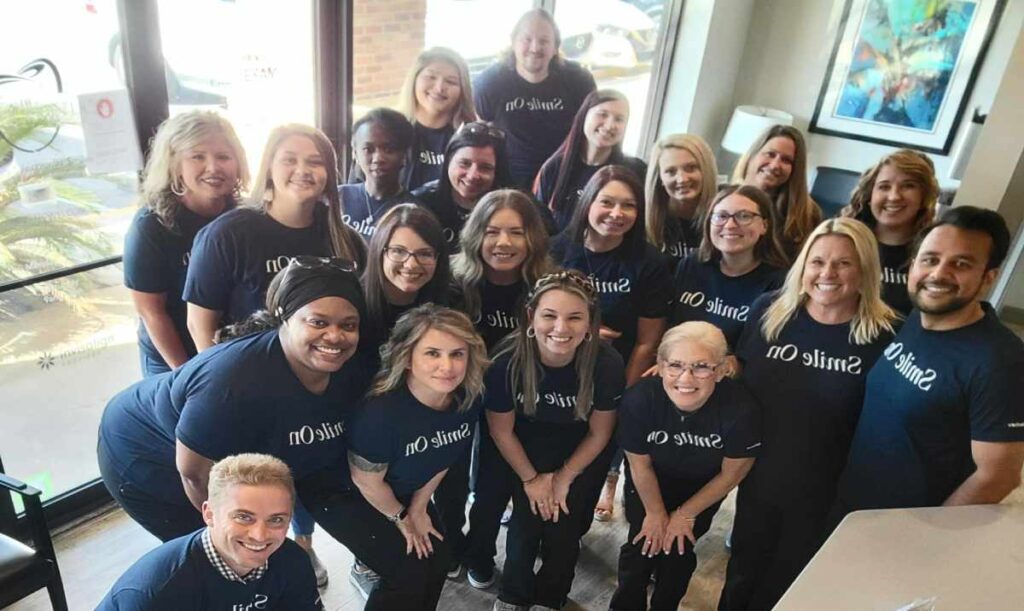When you start orthodontic correction with braces or Invisalign, you’ll have to communicate with your orthodontist to keep up with your treatment. We’ll be sure to explain things if you have questions, but to help you feel more prepared before you get started, here are some important orthodontic terms to know.
Appliance: This is sort of a blanket term used to describe anything your orthodontist needs to install in your mouth to provide orthodontic corrections. In addition to braces and Invisalign for older kids and adults, palatal expanders are a type of appliance used most often with younger patients to expand their jaws and create more space for their adult teeth.
Brackets: these are the metal bases of your set of braces. Brackets are the most visible part of silver braces and act as an anchor for the other parts of your braces. They are attached to the teeth and remain in place during the whole course of your treatment. They are usually rectangular in shape, but there are also fun-shaped brackets with WildSmiles.
Archwire: The metal wires that run in between each of your brackets are called the archwire. These little wires help create the pressure that moves your teeth. During appointments, the archwire will be adjusted or replaced depending on what’s needed for your next treatment phase.
Ligature Ties: Each of the brackets have small bands called ligatures. These attach the archwire to the brackets to help create the pressure that straightens your teeth. Kids especially enjoy getting these bands in fun colors. During appointments, these may be adjusted or replaced.
Invisalign Trays: If you opt for Invisalign, you will get a set of plastic aligners, which are often referred to as “Invisalign trays.” So, if you don’t know which “trays” your orthodontist is referring to, they’re talking about your clear aligners.
Elastics: Different than the ligatures, these little elastic bands are also referred to as interarch bands. This is because they run from your upper jaw to your lower jaw to help correct the position of your upper and lower jaws.
Invisalign Attachments: If you qualify for Invisalign but still have a relatively severe case, you may have Invisalign attachments as part of your treatment. These small plastic pieces help direct pressure for more robust tooth movement and help your aligners fit more snugly on your teeth.
Bonding: Bonding is the process of attaching your brackets to the front of your teeth using a safe, medical-grade adhesive.
Impressions: At many orthodontist offices, this is the first step of any orthodontic treatment and involves an unpleasant compound being placed in your mouth to gather impressions. We use the iTero scanner instead, which gathers images of your teeth digitally.
Phase I Treatment: If a child needs early intervention, which typically happens around age seven or eight, they may have two rounds treatment. The first phase, called a phase I treatment, can involve palatal expanders or other appliances used to correct the shape of the jaw or help with bite or tooth alignment issues.
Phase II Treatment: This is simply the second phase of treatment and typically involves getting braces or Invisalign.
To learn more about what to expect from orthodontic appointments, contact Charleston Orthodontic Specialists today and schedule a free consultation!



